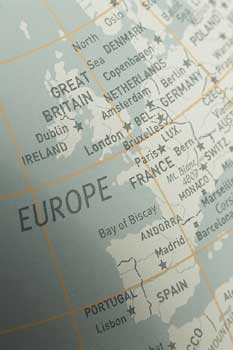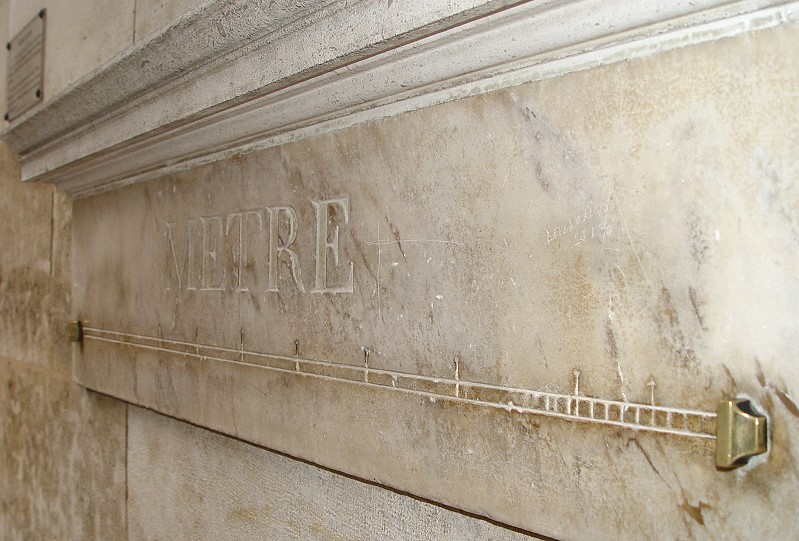

SpaceShipOne (June 21, 2004) completed the first privately funded human spaceflight
the international space station (October 31, 2000)
the Degree Confluence Project (1996)
the U.S. Near-Earth Asteroid Tracking (NEAT) (March 1996)
detected about 200 new asteroids, in its fist full month in operation
the Infrared Space Observatory (November 1995) was launched by the European Space Agency (ESA) with the aim
to study astronomical objects through the infrared radiation that the objects emit and to discover, for example, brown
dwarfs (cool masses of gas smaller than the Sun) that make up much of the dark matter of the Galaxy
the Ulysses Probe (February 8, 1992) flew over the north and south
poles of Jupiter to enter a trajectory for reaching the south pole of the Sun
the Hubble Space Telescope (1990)
Voyager 2 approached Neptune (August 25, 1989)
the first of 24 satellites (February 14, 1989) that form the current GPS constellation
(Block II) was placed into orbit. The 52nd GPS satellite since the beginning in 1978
was launched November 6, 2004 aboard a Delta II rocket
the Soviet space station Mir (February 19, 1986 - March 23, 2001)
Pioneer 10 became the first spacecraft to leave our Solar System (1983)
the Mandelbrot set (1982)

Space Shuttle Columbia (1981-2003)
the Pioneer anomaly (1980)
Voyager 2 (August 20, 1977)

the Voyager 1 (September 5,
1977) spacecraft is the farthest human-made object
from Earth. It is an unmanned probe of the outer solar system and beyond.
It contains a message from mankind engraved on the golden record
Viking 1 (July 20, 1976) was the first spacecraft that returned color pictures of Mars to Earth

Pioneer 10 (March 2, 1972)
was the first spacecraft to travel through the asteroid belt, and was
the first spacecraft to make direct observations of Jupiter. Pioneer 10 is
heading in the direction of
the star Aldebaran in the constellation Taurus
Salyut 1 (1971) was the first space station

the U.S. Apollo program (July 20, 1969) sent twelve men to land on the Moon, the
first of whom were
Neil Armstrong and Buzz Aldrin in Apollo 11. The first men sent to the Moon were
Frank Borman,
James Lovell and William Anders, in Apollo 8. Before and since that time, the
Moon has been the target
of numerous landing and orbiting space probes, starting with the Soviet Luna 1
in 1959
Luna 1 (1959) was the first spacecraft to reach the vicinity of the Moon

Sputnik 1 (October 4, 1957)
was the first artificial satellite to be
put into orbit. The launch led to the beginning of the space race

Space exploration (1946)
Georges Lemaître (1927) derived the Friedmann-Lemaître-Robertson-Walker
equations
from Albert Einstein's equations of general relativity and proposed, that the
Universe
began with the "explosion" of a "primeval atom" - what was later called
the Big Bang
the Great Debate (April 26, 1920)
motorization (1910-1970)
Minkowski space (1908)
Spacetime (1905)
Teleportation in science fiction (1877)

the International Meridian Conference (1884)
Riemannian geometry (1854)
non-Euclidean geometry (1826) was developed by Nikolai Ivanovich Lobachevsky
Imperial units (1824)
railroadization (1820-1920)

the metric system (1791)
the Critique of Pure Reason (1781)
the sextant (1730)
the nutation of planet Earth was discovered (1728) by the English astronomer James Bradley
Edmund Halley (1718) announced his discovery that the fixed stars actually have their own motion called proper motion
the Board of Longitude (1714)
Isaac Newton's rotating bucket argument (1687)
Kepler's laws of planetary motion (1619)
the telescope (1608)
the microscope (1595)
the Mercator projection (1569)
Nicolaus Copernicus (1543) was an astronomer who provided the first modern
formulation of a heliocentric (sun-centered) theory of the solar system
the Age of Discovery (early 15th century - early 17th century)
Glasses first began to appear in common use in northern Italy (late 1280s)
the earliest record about the use of a
compass in navigation (1117)
was Zhu Yu's book "Pingzhou Ke Tan"
(Pingzhou Table Talks). Alexander Neckam has preserved to us the earliest
European notices of the magnet
as a guide to seamen in his work De naturis rerum, 1190
the first recorded use of a corrective lens was by the emperor Nero (54)
who was known to watch the gladiatorial games using an emerald
the Dream of Scipio (51 bc)
celestial globes (55 bc)
Eratosthenes calculated the circumference of the Earth to be 39,690 km (240 bc) today it is measured at 40,008 km
the armillary sphere (255 bc)